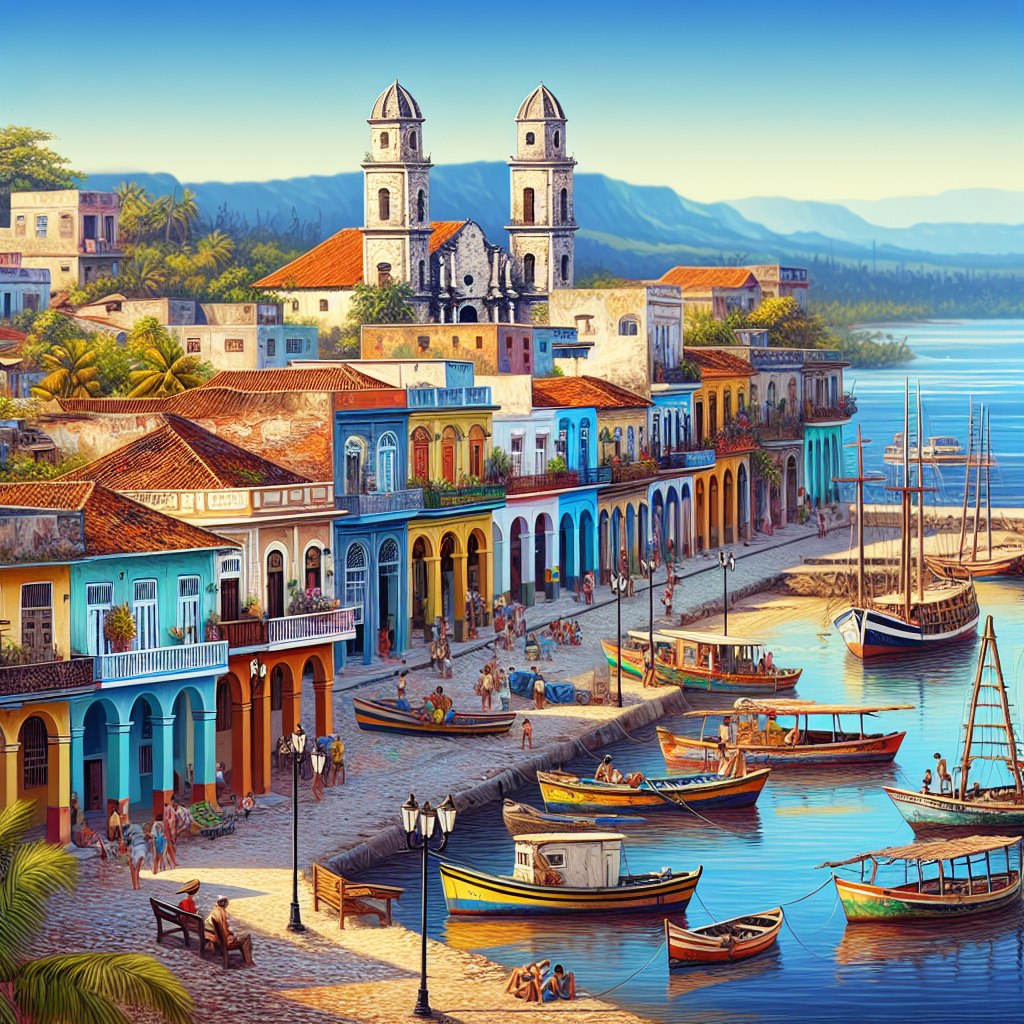Sailors, cigars, and old-world charm, Cojímar is like stepping into a living storybook. Known for being a small fishing village on the northern coast of Cuba, it's where the legendary Ernest Hemingway found his muse for the novel "The Old Man and the Sea." Back in the mid-20th century, Hemingway would sit by the glistening waters, probably nursing a mojito, weaving tales inspired by the very locals who shared their fishing tales with him. Nowadays, Cojímar remains a quaint, picturesque escape from the bustling streets of Havana, sitting just about six miles east of the city. The air is filled with salty breezes and hints of rum, but the magic is in its authenticity and the stories that linger in the air.
A trip to Cojímar is almost like being pulled into a sepia-toned photograph. With a population that's hovered around a modest few thousand, it still dances to the rhythm of the ocean. The Malecón of Cojímar stretches along the coast, a promenade where locals and tourists alike gather to watch the sun sink into the horizon. The Cojímar Castle, a relic from colonial times, stands as a silent guardian overlooking the harbor, whispering tales of pirates and conquests.
The central plaza, though quaint, is alive with the sounds of laughter and music, the heart of this tiny community. Sit down and grab a meal at 'Las Terrazas de Cojímar', a restaurant that proudly continues to serve Hemingway’s favorite dishes. Look out across the water, and you might just imagine the writer himself sailing back from a day at sea, setting the course for yet another story.
But Cojímar isn't just about honoring the past. Like much of Cuba, it's a place of contrasts, weighty with history yet vibrant with the spirit of its youth. Fishing still plays a crucial role in the village economy, but tourism is growing. As more discover its allure, Cojímar becomes an intersection between preservation and progress. Those who have lived there are hopeful for more development to bring job opportunities and improve infrastructure, but there's a protective sentiment among the locals to retain its rustic charm.
Some see the rising interest as a chance to blend the history with evolving Cuban culture. Latin-style graffiti adorned on buildings tells contemporary Cuban stories, touching on themes like love, revolution, and everyday life. It's a narrative of connection between generations, where the victories and struggles of the past build a foundation for today’s youth who are just as passionate about their future as they are about their roots.
While increasing tourism can mean economic benefits for Cojímar, there remains a challenge in striking a balance. Many young people advocate for sustainable tourism that doesn’t sacrifice environmental integrity or cultural heritage for short-term gain. This advocacy highlights a unique generational perspective, one that isn’t willing to sell out to globalization at the expense of their identity and environmental footprint.
Cojímar has its share of challenges. Access to resources and modern conveniences isn't as ubiquitous as in the tourist hubs like Havana or Varadero. Infrastructure could be modernized to better support its growing community. Yet, these very limitations add a layer of authenticity, making the experience raw and genuine.
Within Cojímar’s simplicity lies complexity. Residents talk with pride about how the sea commands respect and how life dances to different beats on rainy days. They’ve expressed hopes for improved education systems and healthcare while still reminding visitors not to lose sight of the tranquil ambiance that defines them.
Cojímar represents a slice of Cuba that thrives through storytelling, a cherished legacy of Hemingway, wrapped in the warmth of community and powered by the sea’s eternal embrace. It’s not just a dot on a map but a living reminder of how places and people are intertwined.
For Gen Z travelers, especially those drawn to destinations rich in both history and authenticity, Cojímar offers an escape into a world where tradition meets potential. It’s a testament to the fact that even small places can have big stories and serve as a meeting ground for past and future. Just close your eyes and breathe in the breeze, and you might just catch a whisper of inspiration too.

